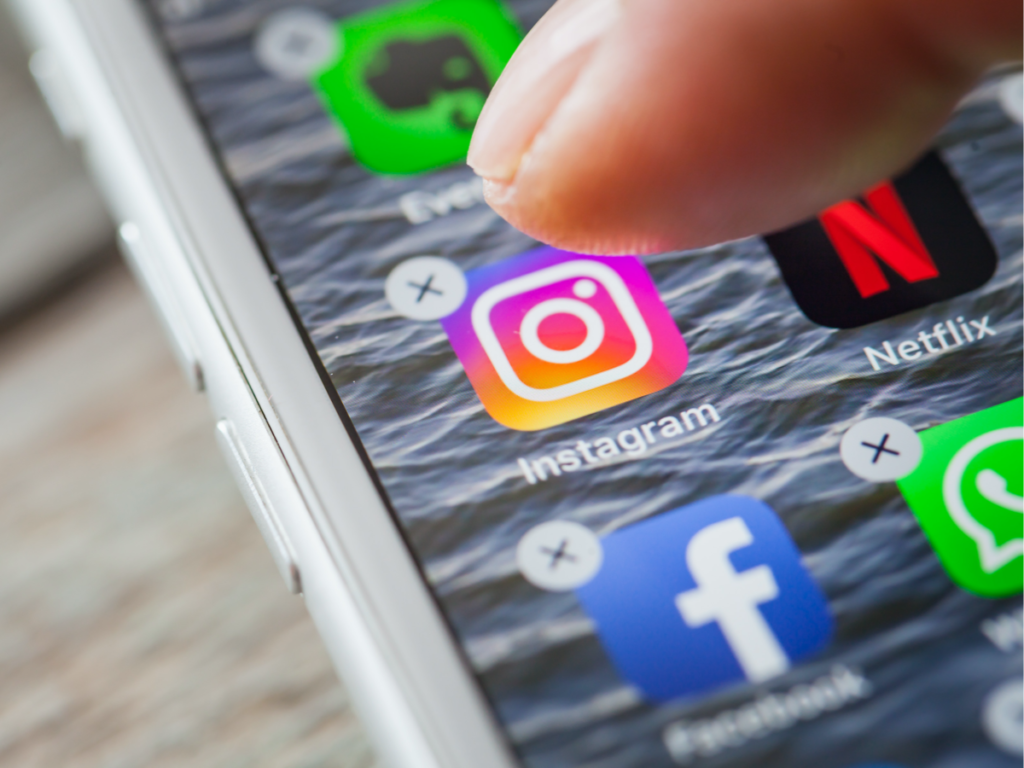From the MNTN Slack: What Netflix’s Q1 Report Signals About the Future of Streaming
by Cat Hausler
8 Min Read
CES 2024: Stagwell (STGW) and MNTN Announce Partnership in Unified Performance SolutionsLearn More
Is Facebook’s time finally up? Yesterday’s global outage comes during a significant rough patch for the social media giant.

3 Min Read
More than 3.5 Billion people around the world use Facebook and its owned apps – but when its underlying infrastructure encountered a glitch yesterday, it (figuratively) turned off the lights worldwide for over six hours. Not only is this the biggest outage in the company’s history, cutting off lines of communication, its stock plummeted by almost 5% and cost the company $164,000 in revenue per minute. And, to top it all off, the outage occurred on the very first business day of Q4 (extremely bad timing for advertisers). This news is hot off the heels of the company’s recent whistleblower allegations on Sunday’s “60 Minutes”, accusing the company of prioritizing profits over safety, as well as the handing over of internal company documents to U.S. lawmakers. All in all, this series of negative events have thrown Facebook yet again in a negative spotlight, and has brands and audiences questioning the legitimacy and reliability of the platform.
It wasn’t just Facebook and Mark Zuckerberg’s net worth that took a hit yesterday – the outage’s domino effect impacted many businesses reliant on the platform for sales. “With Facebook being down we’re losing thousands in sales,” explained Mark Donnelly in this New York Times feature. Donnelly is a start-up founder in Ireland who runs a fashion brand focused on mental health that uses Facebook and Instagram to reach customers. “It may not sound like a lot to others, but missing out on four or five hours of sales could be the difference between paying the electricity bill or rent for the month.”
Technological outages are common, so brands need to be one step ahead of the curve by diversifying their advertising budget to minimize risk. “Most [brands] already were [looking to diversify] but I think this is the final straw for a lot of brands to put more effort elsewhere,” explained a performance marketer in this recent Digiday article. Users flocked to Twitter, who was the clear winner of the day. However, brands need to follow their audience’s eyes – and they’re not all glued to social media. It’s yet another signal that streaming television (Connected TV) is staking a claim to be a must-have for advertisers.
Performance marketers everywhere are raising the alarm for the industry at large (in case the Facebook outage wasn’t enough of a wake up call). “If those who haven’t listened and still kept all their ad spend on Facebook/[Instagram], it should have them pause and think about if this was during Black Friday. They should already be moving ad spend to Google, Amazon, digital OOH or anywhere else to not put all their eggs in one basket.” Connected TV (CTV) isn’t normally considered in the digital advertising bucket, but it should be.
Television captures audiences better than social media, and the advent of CTV advertising is adept at serving your brand’s ads to relevant audiences, no matter what they’re watching. It’s a nimble advertising channel that should be added to any digital strategy, since campaigns can be set up in the same way as on social media, by uploading creative, defining campaign parameters and hitting launch.
Since Facebook is interwoven with so many other applications in its ecosystem, brands expose themselves to risk if all fails, versus operating through a standalone Connected TV advertising platform like MNTN. Unlike buying inventory directly from a single entity like Facebook, or in the case of CTV a single streaming service like Hulu, MNTN enables advertisers to reach users on ESPN, CNN, Roku and other premium networks. This approach helps mitigate the issues that you may run into when advertising only on a single platform. Now that we’re in Q4, being risk averse is key. Applying a “the more the merrier” mindset can only help drive sales and attract new customers during this pivotal time.
Subscribe to the report Apple, Amazon, NBC and more use to get their CTV news.